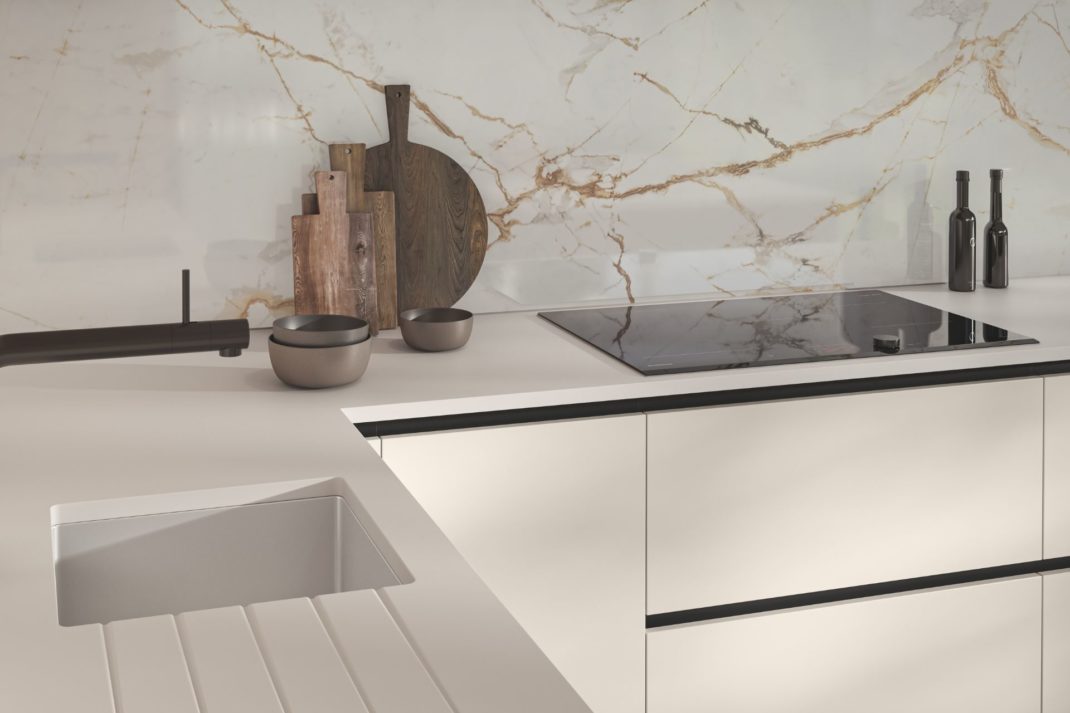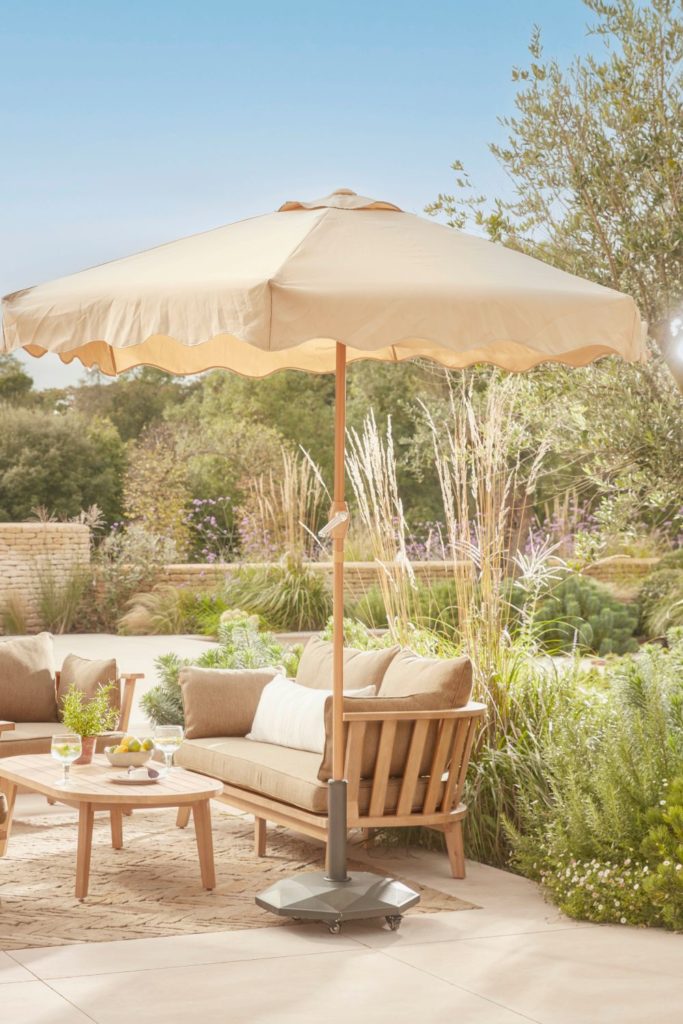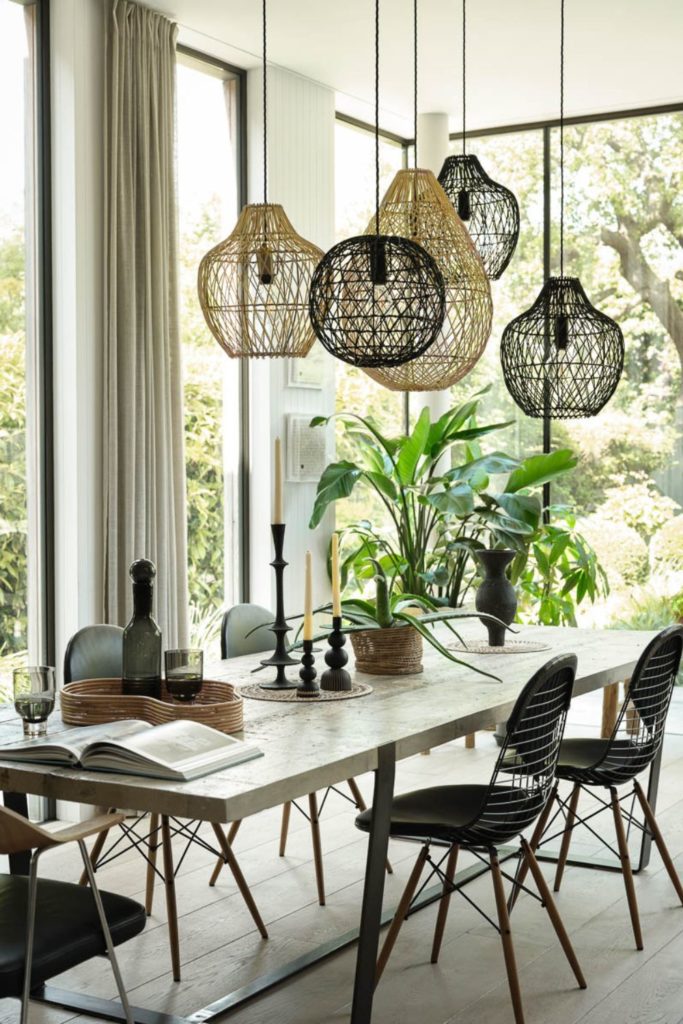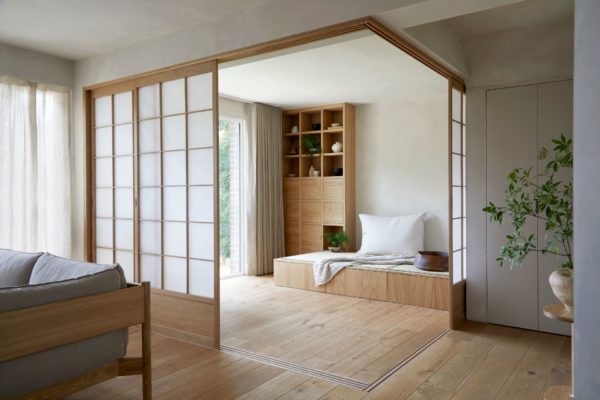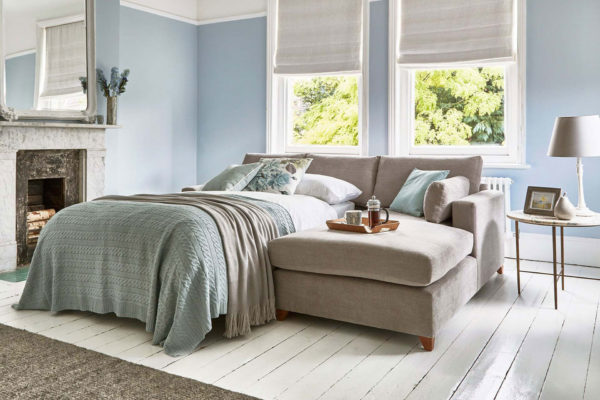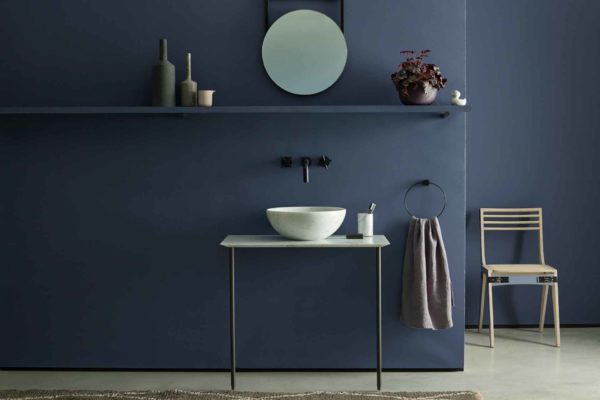Slow Decorating: The Interiors Trend You Might Be Adopting Without Realising
By
1 year ago
The slow living trend is making its way into our homes
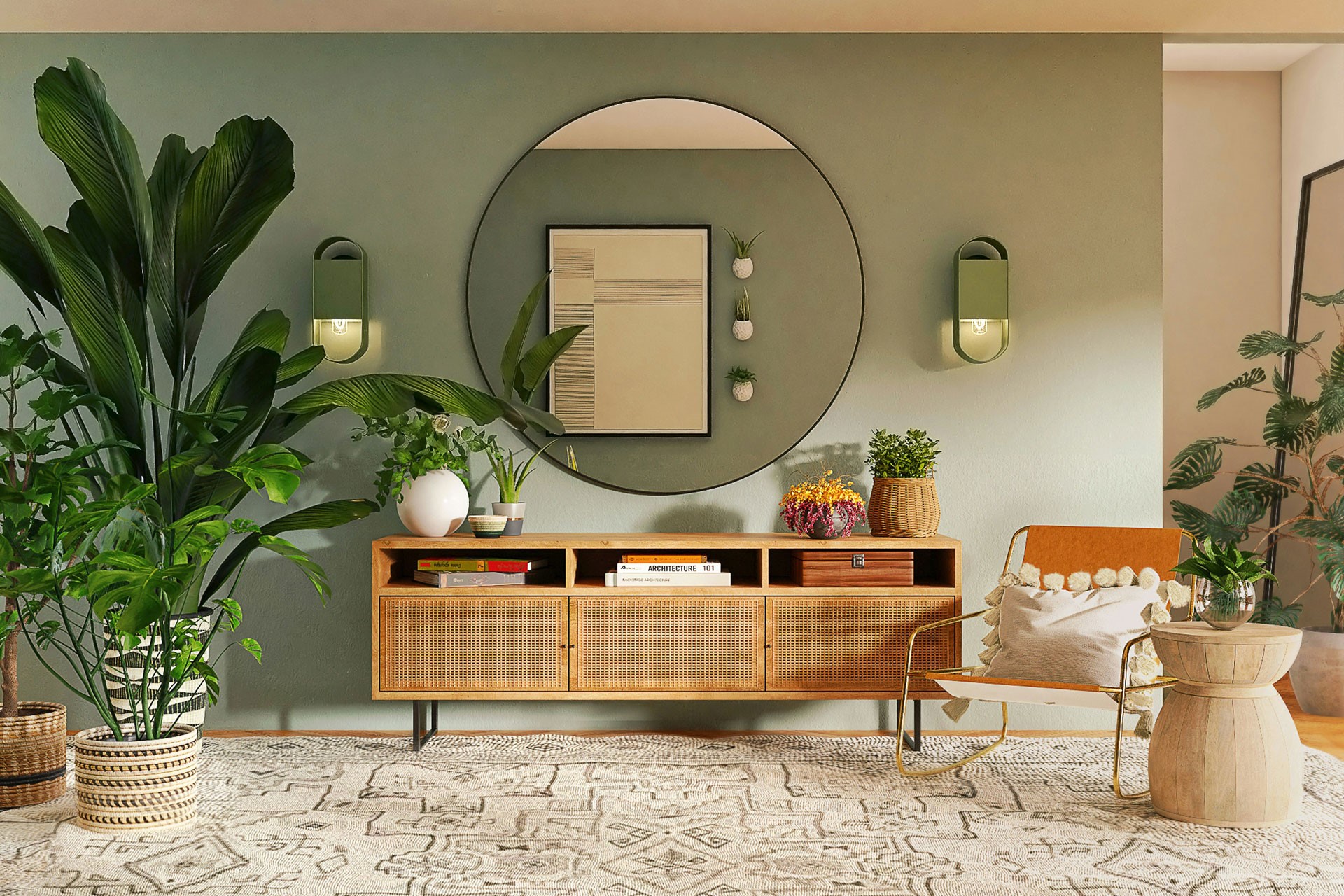
In our million-miles-an-hour modern world, many of us are taking steps to slow things down. We all know about the slow living trend, and its offshoots: slow travel, slow fashion, and the slow food movement, which has its roots in ‘80s Italy. But what about slow decorating? The interiors trend is (slowly) gaining traction as people are taking a more thoughtful approach to decorating their homes.
What Is Slow Decorating?
When moving into a new place, it can be tempting to rush the decorating process, panic-buying furniture so you can enjoy your new space more quickly. But recently, there has been a movement towards doing the opposite: taking time to consider what you’re buying, and investing in timeless pieces you’ll (hopefully) love for many years.
‘Slow decorating is a term used for thinking mindfully about the way you decorate your home,’ explains Michael Rolland at The Paint Shed. ‘As it says on the tin, it’s about slowing things down and taking the time to really consider your options when decorating and purchasing.’
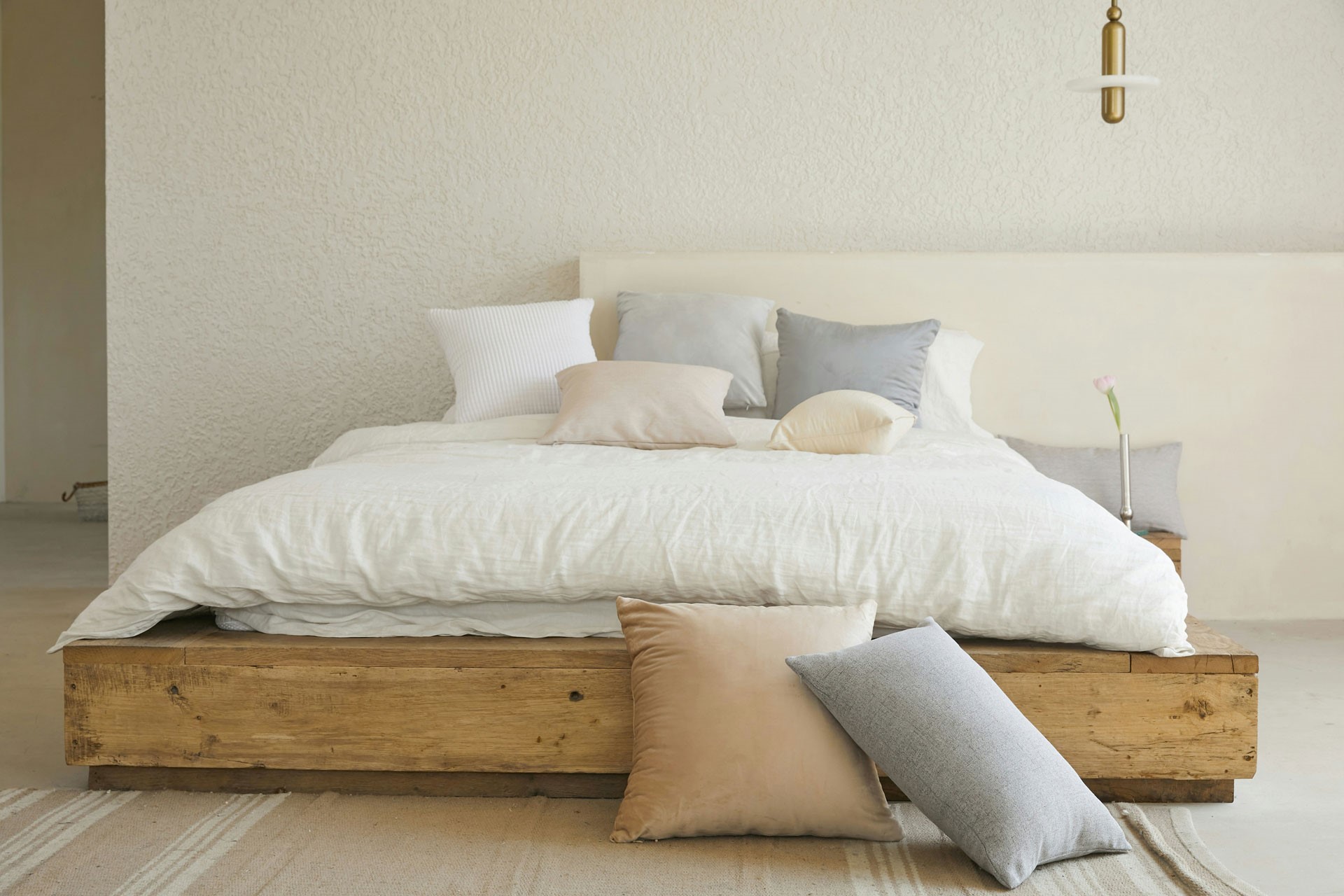
Unsplash
What Are The Benefits?
Sometimes, you need to spend time in your new space before really understanding how you want to style it. Slow decorating allows you to gradually figure out which sofa shape will work best in your living room, whether a cream carpet is too risky, or whether you’re brave enough to give the red feature wall trend a whirl. This helps avoid impulse purchases, saving you money, and allowing time for budgeting – instead of shelling out loads all at once, you can space out big purchases over a few months or even years.
Slow decorating takes the pressure off too, giving you time to figure out what your dream aesthetic is, plus build up confidence in your own style.
There are environmental benefits too. ‘Like slow fashion, which pushes buyers to invest in quality pieces of clothing to reduce their cost on the planet, slow decorating is the same,’ points out Rolland. ‘It’s about putting the planet first and investing in items which will stay in style as trends come and go, and buying into quality products which will assure longevity and wearability in your home.’
Top Tips For Slow Decorating
‘When it comes to slow decorating, the key thing to keep in mind is that you want quality paint and home furnishings that will be, on the whole, irreplaceable,’ says Rolland. ‘Slow decorating is about making something timeless, so your craftsmanship is important.’
Some key things to think about include:
- Start with big pieces first (such as sofas and tables), then take time to incorporate smaller items, like decorative lighting and cushions.
- Don’t neglect the pre-loved sphere: search for gems in car boot sales, antique stores and markets, and seek out local craftspeople and artists.
- Take time to research materials, plus the brands you’re buying from: this will ensure you’re choosing high-quality products made to last. It’s also always worth checking out a company’s eco-credentials.
- Always keep practicality in mind, and consider how items will fit in with your lifestyle.
- While mulling over a purchase, use items you already own as a temporary fix. You might realise that rug you bought a few years ago is perfectly fine after all.
- Use Instagram, Pinterest and TikTok for inspiration: all three are great for discovering new designers and interior hacks.
For paint specifically, Rolland says: ‘My advice when it comes to painting is that it should never be a rushed job. Make sure you’ve set aside time to decorate and that you’ve prepared your space – whether that’s using tape to ensure clean lines or making sure that the floors are covered.’
Rolland also recommends taking time to make decisions about paint shades. ‘Start by using paint samples to see how certain shades will look in a room throughout different points of the day. By painting a sample on just one wall, you are only allowing yourself to see a small viewpoint of how the entire room will eventually look.
‘The best practice is to paint your sample colour onto paper, ideally A5 or bigger, and position the sample around the room at various times of the day. Using this technique will allow you to see how the paint responds to light, but also how the shade will look on different walls.’

